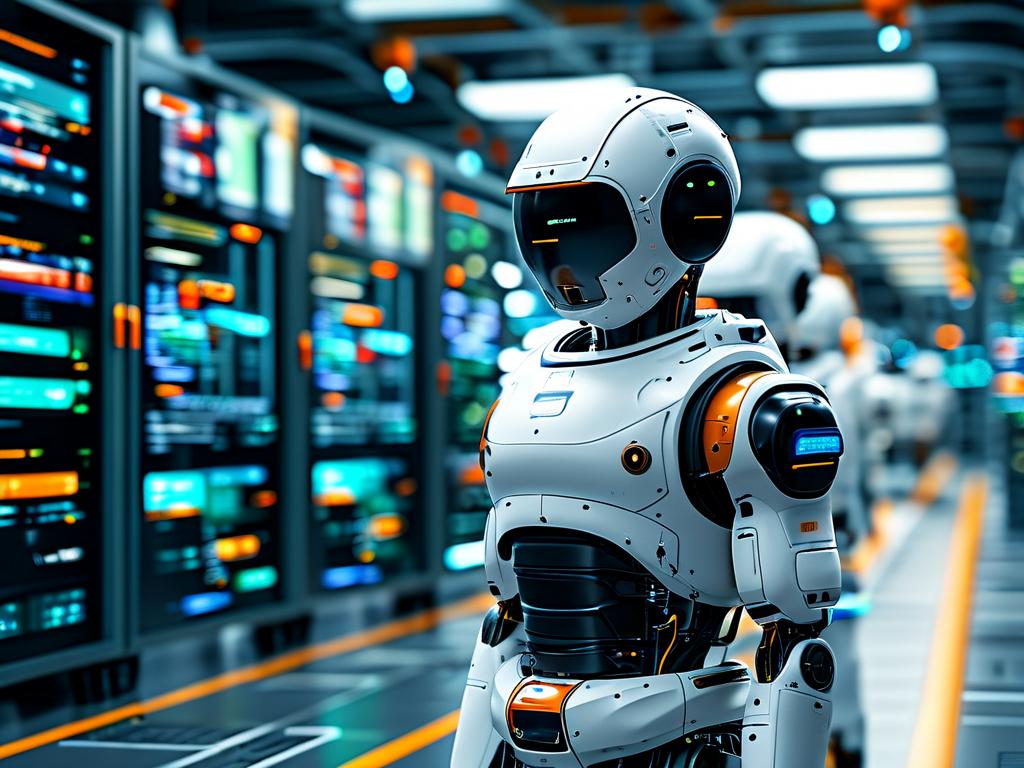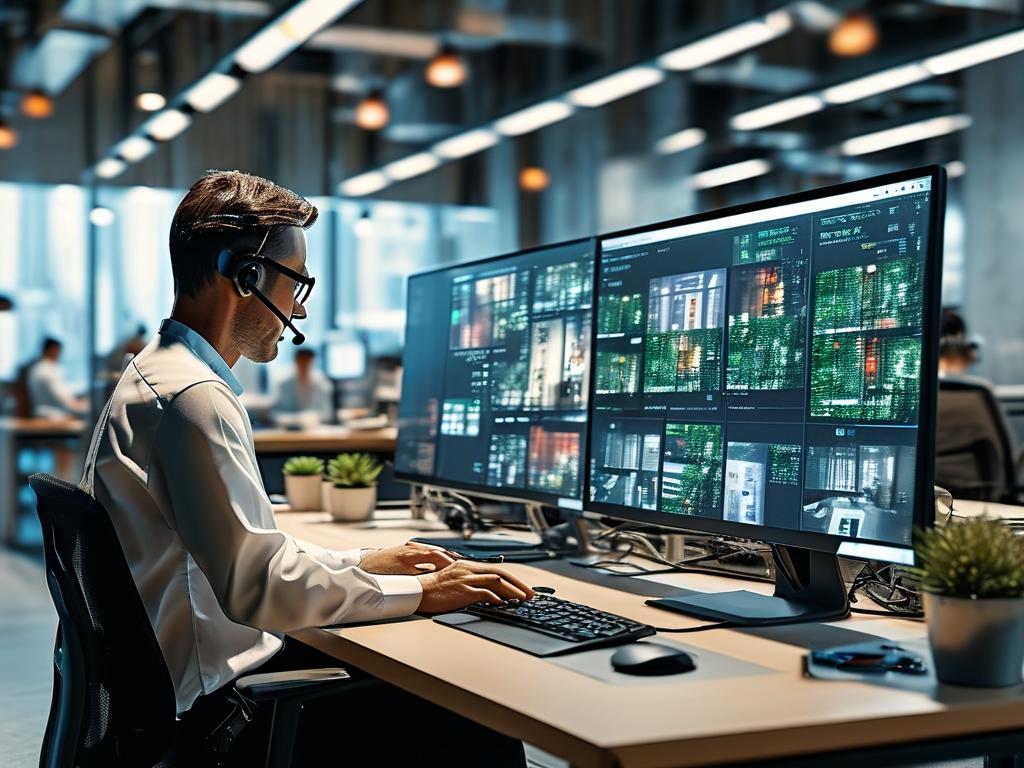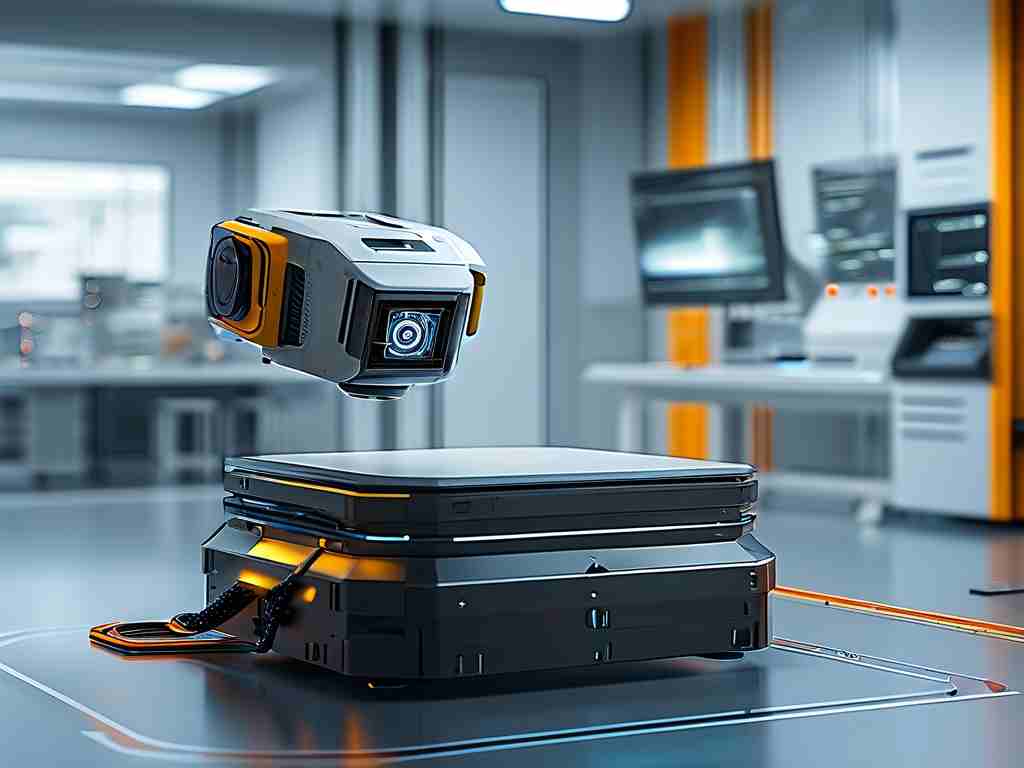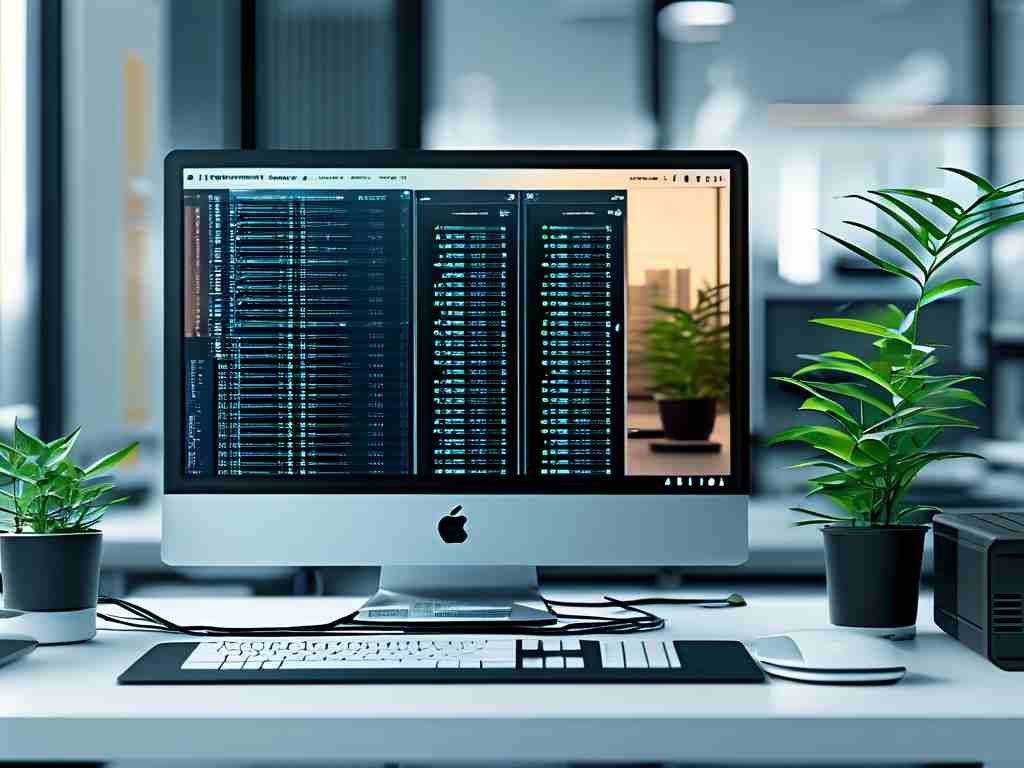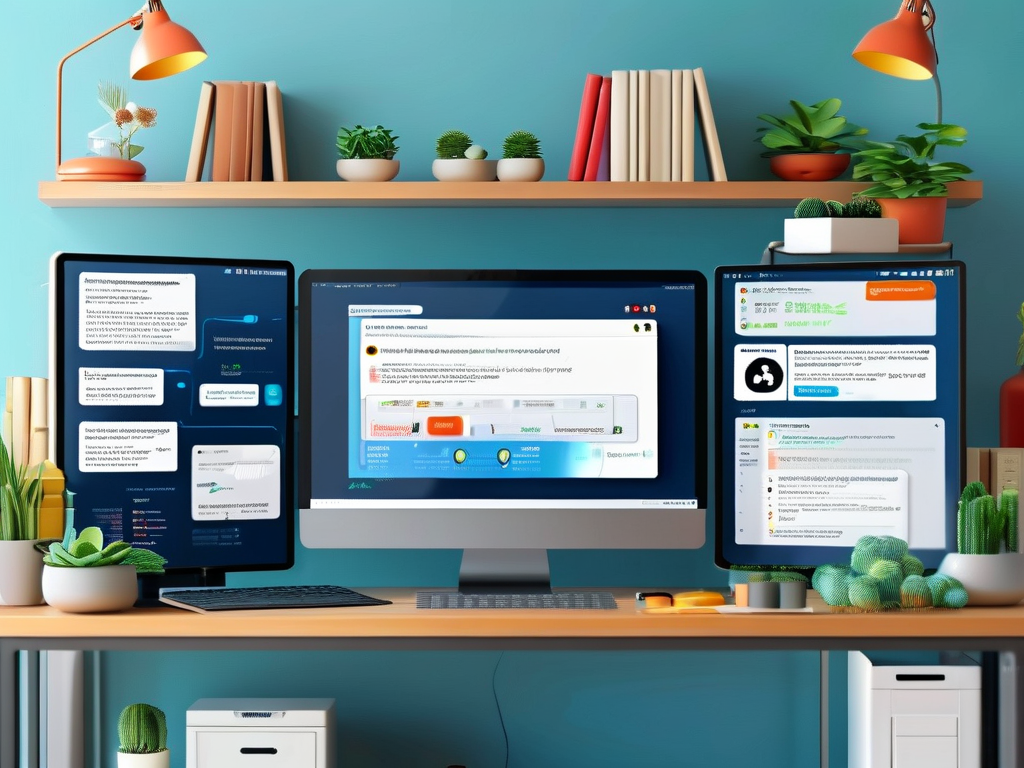The retail industry is constantly evolving, and automated window displays have emerged as a powerful tool to enhance customer engagement. This article explores the technical implementation of automated window displays, focusing on practical deployment strategies while addressing common challenges.
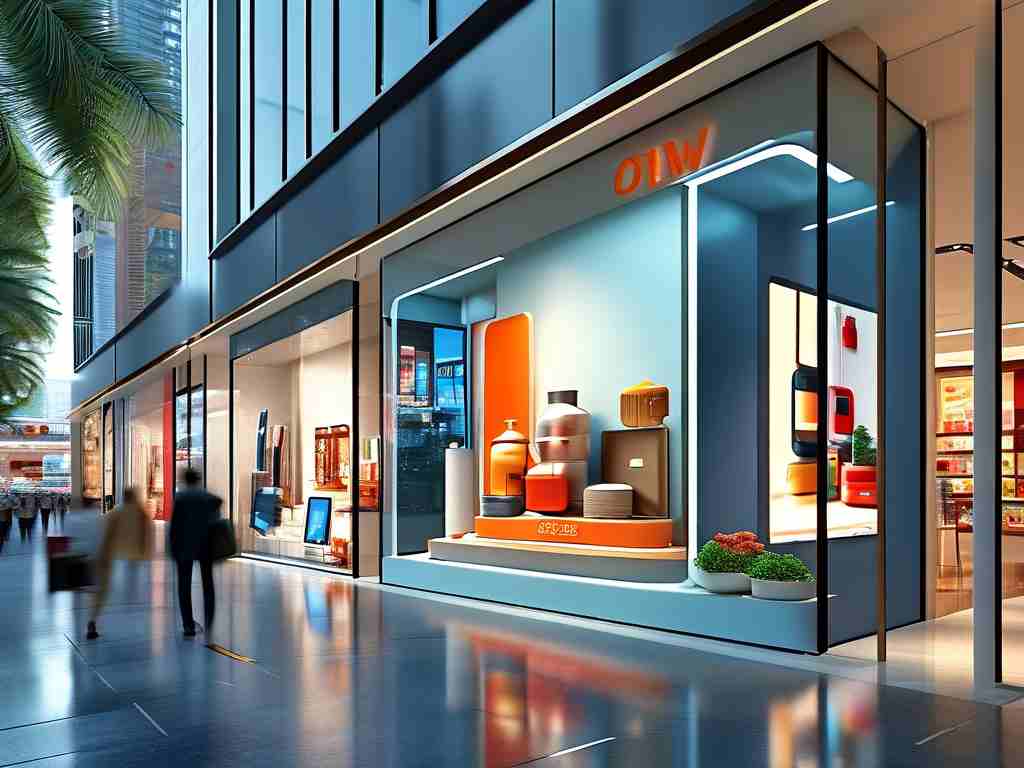
Understanding Automated Window Display Systems
Automated window displays combine hardware, software, and creative design to create dynamic product presentations. A typical system includes motorized components, lighting controls, and content management software. Retailers like Zara and Apple have successfully implemented these systems, reporting 40% increases in foot traffic according to 2023 retail analytics.
Core Components for Automation
- Motion Sensors: Use infrared or LiDAR sensors to detect customer presence
- Central Control Unit: Raspberry Pi or Arduino-based controllers
- Actuation Mechanisms: Stepper motors for precise movement control
- Content Scheduler: Python-based scripting for timed animations:
import schedule
import time
def update_display():
# Code to trigger display changes
print("Display updated at", time.ctime())
schedule.every(30).minutes.do(update_display)
while True:
schedule.run_pending()
time.sleep(1)
Implementation Workflow
The deployment process requires careful planning across multiple stages. Begin with a site assessment to determine spatial constraints and power requirements. Install motorized racks with torque calculations based on product weight – a common mistake is underestimating the required motor power by 15-20%.
For lighting automation, addressable LED strips controlled via DMX protocols provide the best color accuracy. Integrate weather APIs to adjust displays based on real-time conditions:
// Example: Adjust brightness based on sunset data
fetch('https://api.sunrisesunset.io/json?lat=40.7128&lng=-74.0060')
.then(response => response.json())
.then(data => setLightingIntensity(data.results.sunset));
Maintenance Considerations
Regular calibration is crucial – establish biweekly checks for alignment sensors and monthly motor inspections. Implement failure safeguards like emergency stops and manual override switches. Cloud-based monitoring solutions can reduce maintenance costs by 30% through predictive analytics.
Cost Optimization Strategies
Phase deployments starting with high-impact zones. Use modular components that allow gradual expansion – many retailers achieve full ROI within 18 months through increased conversion rates. Open-source solutions like OpenCV for motion tracking can reduce software costs by up to 60%.
Future Trends
Emerging technologies are pushing boundaries in display automation. Computer vision enables adaptive content based on customer demographics, while haptic feedback systems create multi-sensory experiences. The next generation of displays will likely incorporate AR integration through transparent OLED panels.
When implemented correctly, automated window displays become more than just technical installations – they transform into dynamic brand storytelling platforms. Focus on seamless integration between mechanical systems and digital content, ensuring each element works in harmony to create compelling customer experiences.


